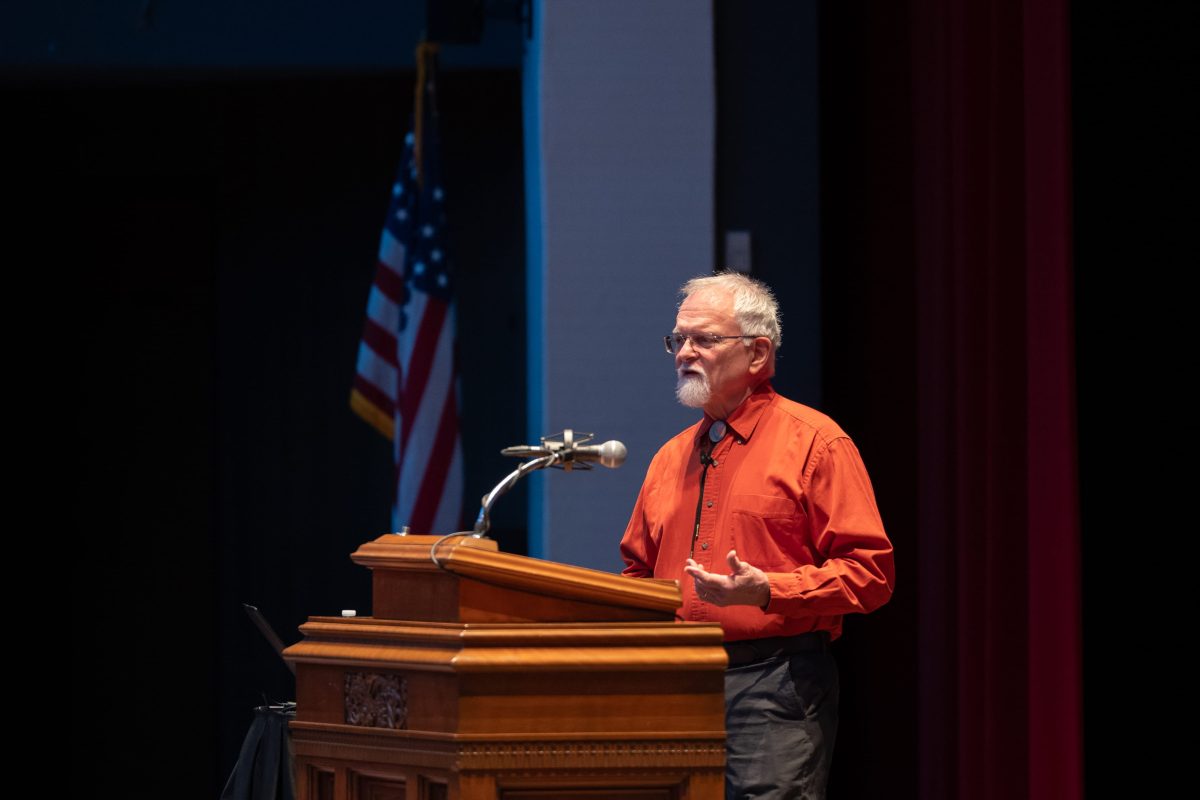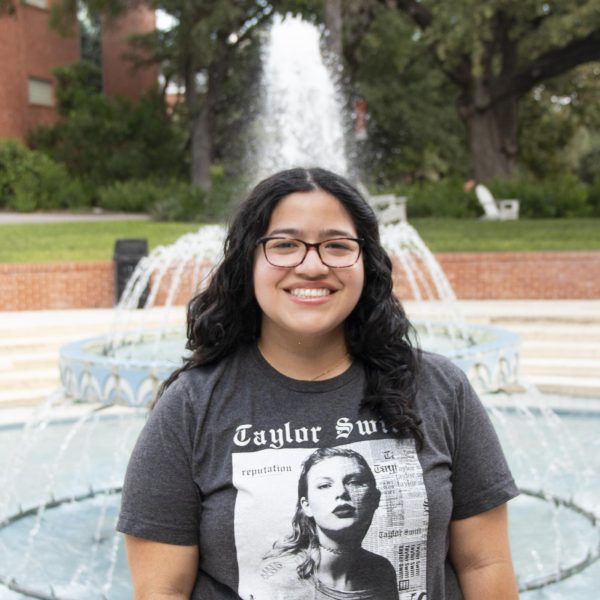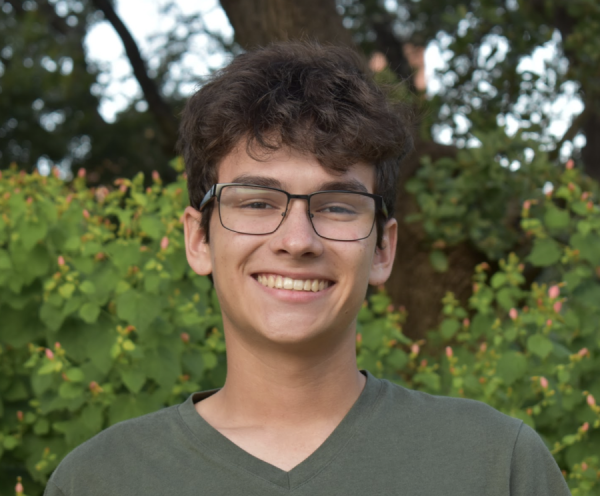Tomorrow, for the first time since 1940, San Antonio residents will find themselves in the path of an annular solar eclipse. To commemorate the occasion, Trinity launched their first-ever Space Week with a host of events in the week leading up to the “ring of fire” eclipse on Oct. 14. The week aims to put the human-space relationship into perspective with academic lectures and a fine arts performance by Trinity’s jazz band and will culminate with a free and open-to-the-public eclipse festival on campus during the eclipse from 10 a.m. to 2 p.m. with activities for all ages.
While the eclipse is a scientific phenomenon, Space Week is not just about science. The event is designed to involve multiple departments and engage people of varying backgrounds. Leslie “Les” Bleamaster, science facilities manager and co-planner for Space Week, hopes to encourage interest in the eclipse this Saturday and the total eclipse on April 8, 2024.
“We’re trying to encourage connections with [the] community, but all rallied around the eclipse but more broadly, space or planetary science in general,” Bleamaster said.
San Antonio is in the path of totality for this eclipse, allowing residents to witness four minutes and 21 seconds of annularity (when the moon’s position between the sun and earth make only the outer ring of the sun visible) and see the eclipse at its maximum at 11:54 a.m. Anyone wanting to view the eclipse can protect themselves from retinal burns by wearing eclipse glasses or using a punch hole camera.
David Pooley, professor of physics and astronomy, emphasized the luck of both the annular eclipse this Saturday and the total eclipse in April being visible from San Antonio.
“There is a very small band on the Earth that will see the eclipse,” Pooley wrote in an email. “Most of Earth is water, so many of those areas on which the moon’s shadow falls are completely inaccessible. To live in one of those areas for a particular eclipse is very lucky.”
On Oct. 3, numerous students and community members set up booths in Laurie Auditorium for the Planets Party, ranging from the history of eclipses to activities such as bracelet making and coloring sheets. Organized by the American Astronomical Society (AAS) division of planetary science, it served as a learning opportunity and a chance to observe the night sky through telescopes.
While the event was attended by astronomers and physicists, it was also educational for people unfamiliar with celestial phenomena. Jordan Nelson, history, political science and philosophy triple-major, appreciated the welcoming environment.
“It’s nice that as someone who doesn’t know physics, I can come and learn in an environment that is acceptable and appreciative of amateurs and people who don’t study this stuff,” Nelson said. “These [eclipses] are always historical events as well. As a history major, for centuries we’ve used eclipses to track time pre-calendars, and it’s nice to kind of be a part of history.”
After the Planets Party, Sam Ximenes, CEO of Astroport in San Antonio, gave a lecture describing his current space architecture work with NASA and what he visualizes for the future of human settlement in space.
On Indigenous Peoples Day on Oct. 9, community members learned about Native American Cosmology. Jennifer Matthews, professor of anthropology and sociology, gave a presentation about the history of Maya culture and the way the Maya understood society. The event also featured speeches from Isaac “Papa Bear” Cardenas and Linda Ximenes, leaders of the Tāp Pīlam Coahuiltecan Nation, about the native connection to the Earth.
Native Cosmology is not often taught in schools, and the event allowed students and community members to delve into a new topic. Melika Mohammad, junior accounting major, noted how the lecture supplemented her Trinity education.
“Trinity already does a good job of making sure that students have an interdisciplinary education,” Mohammad said. “But I know that in my scheduled classes, I wouldn’t have been able to make a class like this fit into my schedule. So, doing events like this, or going to something like this is really awesome.”
Angela Speck, professor of astrophysics and chair of physics and astronomy at the University of Texas at San Antonio (UTSA), led the distinguished scientist presentation on Oct. 11 entitled “In The Moon’s Shadow: Solar Eclipses Over San Antonio.” This lecture explained the science behind the eclipse and other astronomical phenomena.
While Space Week may be ending with Saturday’s eclipse, a second one is coming next semester. Bleamaster mentioned that this space week served as a practice for the second space week surrounding the total eclipse on April 8, 2024.
“This annular eclipse Space Week is kind of a dry run for Space Week two, which will be in the spring semester,” Bleamaster said.
It’s not very often that people get the chance to see an eclipse from their own town. Turner encouraged people to see this phenomena occurring close to them. “I would just emphasize that, we’re in this amazing place with this amazing opportunity. And please get outside and go watch it. It’s spectacular,” Turner said. “It has to be experienced. And it’s right here.”









